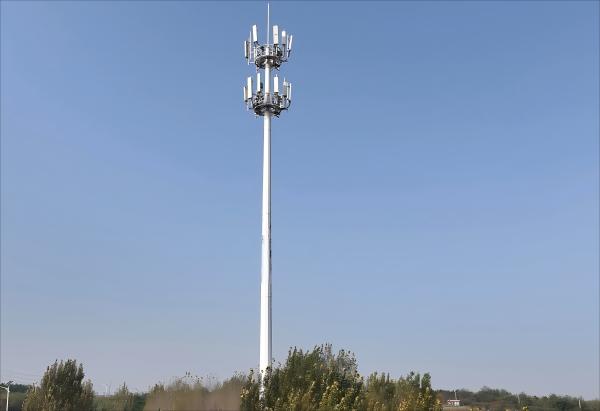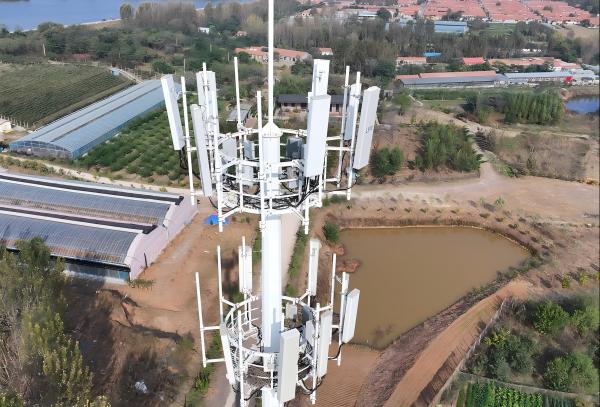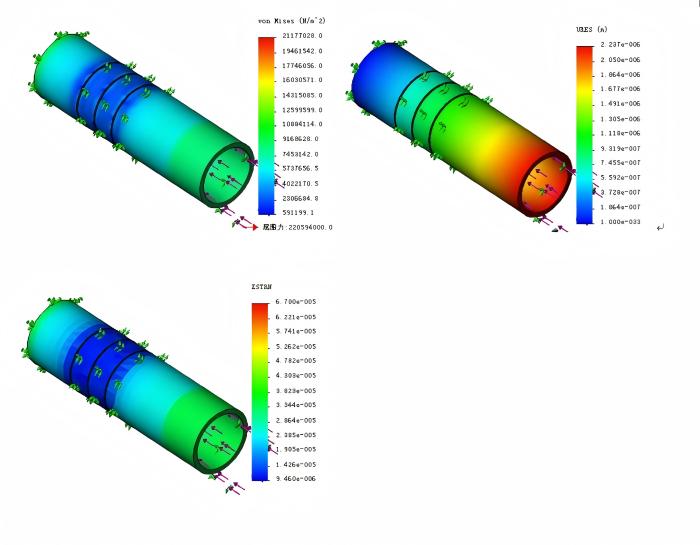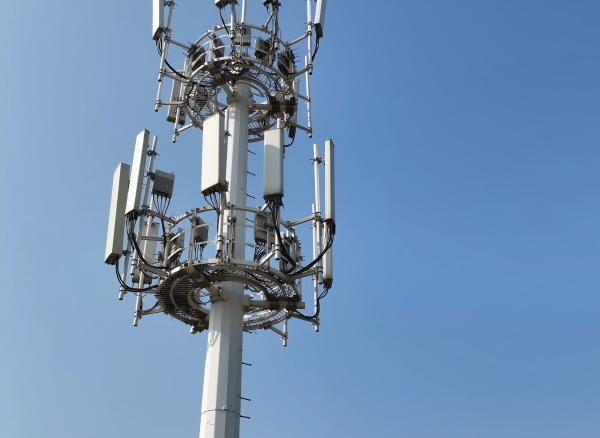The lifespan of a galvanized monopole telecom tower can vary depending on several factors, including the quality of materials used, the environmental conditions where the tower is installed, maintenance practices, and structural design. Here are some considerations regarding the longevity of a galvanized monopole tower:
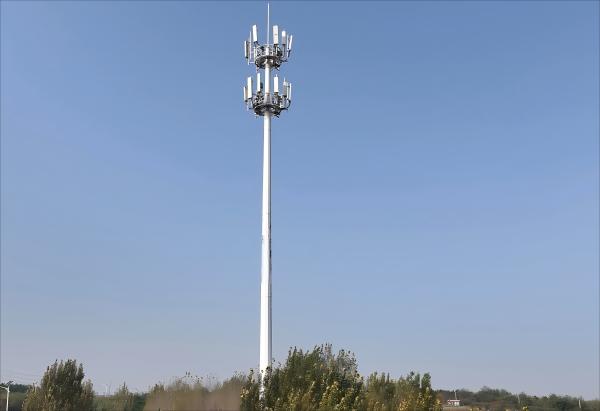
Factors Influencing Lifespan:
-
Material Quality:
- The quality of the galvanized steel used in the construction of the tower plays a significant role in determining its longevity. High-quality galvanized steel with proper coating thickness can enhance corrosion resistance and durability.
-
Environmental Conditions:
- The environment where the tower is located greatly impacts its lifespan. Harsh environmental factors such as saltwater exposure, high humidity, pollution, and extreme weather conditions can accelerate corrosion and structural deterioration.
-
Maintenance Practices:
- Regular inspection, maintenance, and upkeep are crucial for extending the lifespan of a galvanized monopole tower. Routine inspections for corrosion, structural integrity, and coating condition, along with timely repairs, can help prevent premature deterioration.
-
Design and Engineering:
- Proper design and engineering of the tower ensure that it can withstand wind loads, seismic forces, and other environmental stresses over its intended lifespan. A well-designed tower is less likely to experience premature failure.
-
Usage and Loading:
- The amount and type of equipment mounted on the tower, as well as the loading conditions, can affect its structural integrity and lifespan. Overloading the tower beyond its design capacity can lead to premature wear and failure.

Estimated Lifespan:
- A well-maintained galvanized monopole telecom tower can last anywhere from 20 to 50 years or more, depending on the factors mentioned above.
- Regular inspections, maintenance, and coating touch-ups can help extend the lifespan of the tower beyond its initial design life expectancy.
- Some industry standards recommend conducting thorough inspections every 3 to 5 years to assess the structural integrity and condition of the tower components.
Conclusion:
While galvanized monopole telecom towers are designed to be durable and long-lasting structures, their lifespan can vary based on a variety of factors. By using high-quality materials, following proper maintenance practices, and considering environmental conditions, it is possible to maximize the lifespan of a galvanized monopole tower and ensure its continued functionality for many years.
Learn more at www.alttower.com
